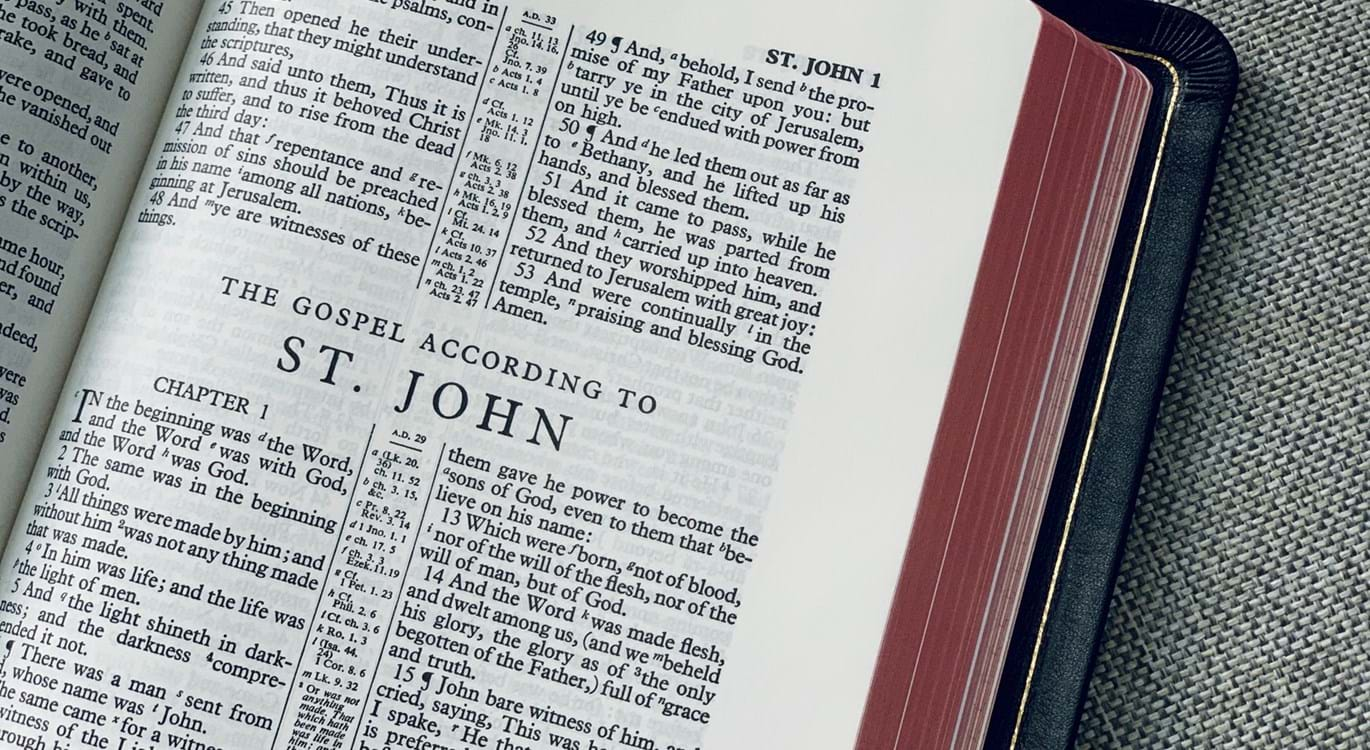(Note: you can read part 1 – 'Incarnation Foretold' – here)
Many of us are familiar with the angel’s announcements to Mary (Luke 1:28-35) and Joseph (Matthew 1:20-25), the shepherds’ surprise (Luke 2:8-18), and the wise men’s worship (Matthew 2:9-11). Less well-known, but equally important, are Simeon’s blessing (Luke 2:34-35) and Anna’s thanksgiving (Luke 2:36-38).
John’s Gospel stands distinct from the historical narratives in Matthew and Luke, and unfolds the meaning of the incarnation of the Lord Jesus.
The Gospel opens by explaining the eternal existence of the Son of God: “In the beginning was the Word, and the Word was with God, and the Word was God” (John 1:1). “The Word” (v.1) is a title, given to the Son of God, which indicates that He is the very expression of God. He was “in the beginning . . . with God” and He “was God” (v.1). This great statement declares the position, authority, and dignity of the Lord Jesus. But there is more: “All things were made by Him” (v.3); John attributes the creation of all things to the Son of God.
As John concludes this great introduction, he states of the Lord Jesus, “In Him was life” (v.4). He was the source of life, not just physical life, but spiritual life, eternal life, life from God. The theme of eternal life is taken up later in the gospel of John: “that whoever believes in Him should not perish but have eternal life” (John 3:15).
Having emphasised the eternal pre-existence of the Son of God, His incarnation is stated: “the Word became flesh and dwelt among us” (John 1:14). The One that existed eternally “became flesh”! Maintaining His essence as God, He “became flesh”; still fully God but now also fully man. John testifies to his first-hand experience of how amazing this is: “we beheld His glory, the glory as of the only begotten of the Father, full of grace and truth” (v.14).
John chapter 1 also teaches why the Lord Jesus came: “No one has seen God at any time. The only begotten Son, who is in the bosom of the Father, He has declared Him” (John 1:18). God was made known to men through the Lord Jesus. This revealing of God was seen in the Lord’s character, teaching, and power. Through the Lord Jesus came “grace and truth” (John 1:17).
Why is this unfolding of the Incarnation important to us?
There is no greater need in this world than “grace and truth” (John 1:14,17). Not the kind that the world and its systems offer – kindness that is conditional, truth that is distorted – but absolute grace and truth that is from God, displayed in the Lord Jesus. Grace is God giving abundantly that which we do not deserve. It is also good to note that mercy is God withholding the judgement that we do deserve.
The grace and truth available today is total forgiveness from God for sin and clearance from all guilt and condemnation. This is all on the righteous basis of the death of the Lord Jesus at the cross to pay the penalty that sin deserved. The Psalmist captured it beautifully: “Mercy and truth have met together; righteousness and peace have kissed” (Psalm 85:10). How wonderful that “grace and truth came through Jesus Christ” (John 1:17), and it was through His incarnation.
Photo credit: Tim Wildsmith































